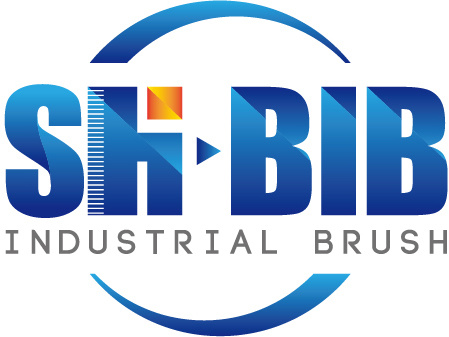Deburring bores
2025-11-10

Deburring bores is an important and also difficult machining step. In vehicle manufacturing (e.g. engine and hydraulic parts), poor deburring can lead to severe damage or failure, which in turn poses a high safety risk.
Bore machining is complex.
Deburring bores is complex because it is not just the bore entrance and exit that must be deburred. Bores can also be combined with intersecting bores, stepped bores, or deep bores. They are often difficult to reach, and their diameters may be very small.
Bore machining is usually performed directly after the cutting process, and in the same machining center. In most cases, this involves the removal of a slightly adhering burr, combined with slight edge rounding.
Our internal brushes self-center in the bore, eliminating the need for exact positioning and alignment of the workpiece or the brush. In addition to a clamping shank for toolholders with chucks (Weldon or Whistle Notch), we also offer cylindrical shanks for collets.
That's a great, specific term! A deburring bore brush is a specialized tool used to remove burrs (sharp edges, raised metal fragments) from the inside of a drilled or machined hole (a bore).
Here's a breakdown of what they are and how they are used:
🛠️ Key Features and Uses
Purpose: Primarily for cleaning, surface finishing, and, most importantly, removing burrs, especially at the entrance, exit, or where bores intersect (cross-holes).
Design: They are typically cylindrical or tube-shaped brushes designed to be inserted into a bore. They come in various sizes to match different bore diameters.
Materials:
Abrasive Nylon: Bristles embedded with abrasive grit (like silicon carbide or aluminum oxide). These are very common for controlled deburring and finishing.
Ceramic Fiber: Known for acting more like a cutting tool and having a longer life, often used for high-precision parts.
Wire (Stainless Steel, Carbon Steel, Brass): Used for more aggressive burr removal or cleaning rust/residue.
Application:
They can be used manually with a handle or pin vise.
They are often automated, used in CNC machines or drill presses, where they are spun at high speeds.
🎯 Common Types
Twisted-in-Wire (Tube Brushes): The bristles are secured by twisting wire, suitable for through-holes and light deburring/cleaning.
Cross Hole Deburring Brushes: Specifically designed to remove the difficult burrs created where two bores intersect.
Internal Brushes (e.g., Helituf® / Bore-Rx): Often self-centering, making them ideal for high-precision, automated bore deburring.
If you are looking for information on purchasing a brush, what material to use for a specific job, or how to use one, I can help with more details!
What kind of material are you looking to deburr, or what size bore are you working with?
Previous:
Next:
Related news
Contact us
TEL: 008613781822862
ADD: Building 1, No 115, Lane 1276, Nanle Road, Songjiang District, Shanghai 201611, China








